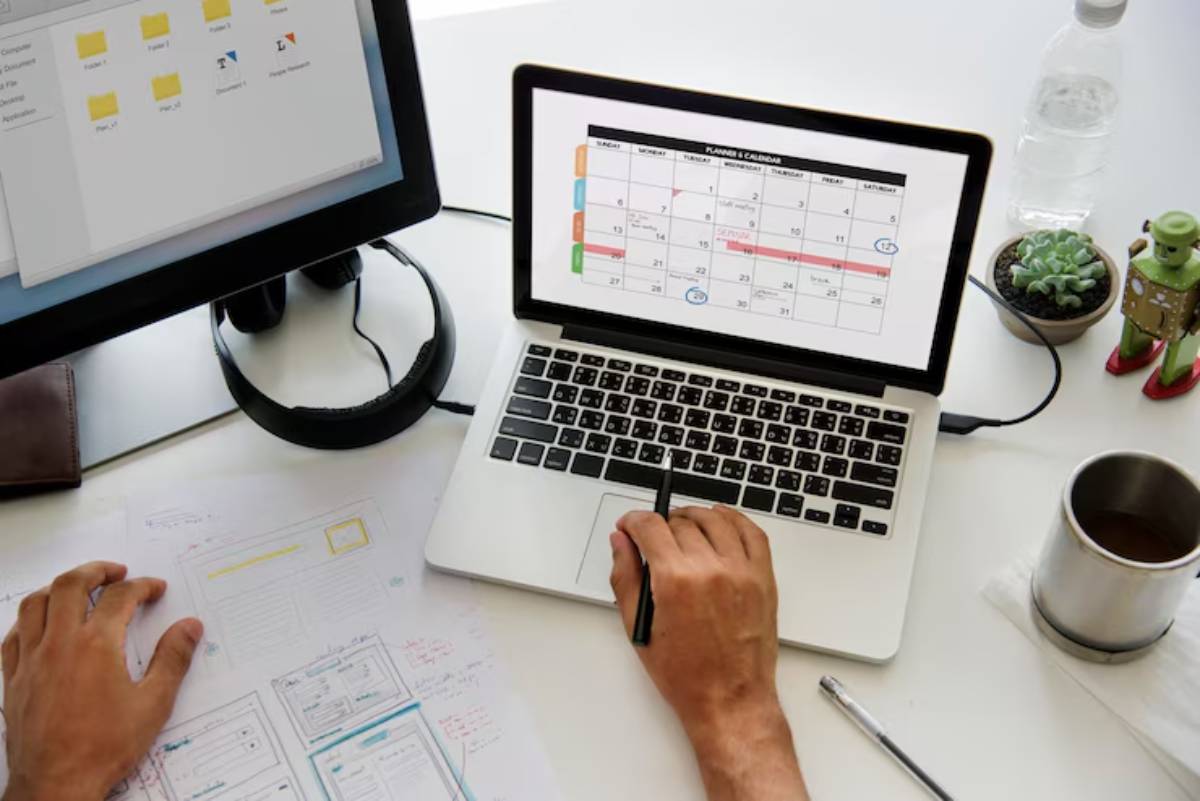
Extrovert-Friendly Time Blocking Techniques
Do you thrive on energy from others? Do your best ideas come to life in a buzzing room or during a spirited conversation? If that sounds like you, you’re probably an extrovert. Productivity advice often targets quiet, solo workers, but your needs are different.
That’s where extrovert-friendly time blocking techniques come in. Time blocking can boost your energy. It fits well with your people-oriented style. Plus, it adds structure without feeling stifling. This article will show you how to align your planning with extrovert energy planning, optimise social productivity blocks, and embrace people-oriented scheduling to stay focused, energised, and on track.

Understanding Extroversion and Productivity
What Does It Mean to Be an Extrovert?
Extroverts are not just chatty—they’re energised by interaction. While introverts recharge in solitude, extroverts gain focus and creativity through engagement.
Common traits:
- Energised by group settings
- Expressive and talkative
- Often think aloud
- Thrive on collaboration and momentum
Unique Productivity Needs for Extroverts
- Connection-driven motivation
- Verbal processing (you think best while talking)
- Discomfort with prolonged solo work
- Need for dynamic environments
This means rigid, isolated productivity methods can leave you feeling drained or bored. Time blocking, when done right, can balance your need for connection and structure.
Why Time Blocking Works for Extroverts
Time blocking gives you:
- Intentional space for people’s time
- Structured focus zones to avoid distractions
- Built-in social rhythms to maintain energy
Learn the fundamentals in our guide: What Is Time Blocking and Why It Works.
This method can shine with a few smart tweaks. It’s perfect for the high-energy, people-loving brain.

Designing an Extrovert-Friendly Time Block System
1: Identify Your Energy Windows
Extroverts tend to peak during active periods or in environments with interaction.
Ask yourself:
- When do I feel most energised?
- What types of interaction fuel me?
- How long can I focus alone before craving stimulation?
Common extrovert rhythms:
- Late morning brainstorming with peers
- Afternoon meetings and teamwork
- Evening social or reflection time
2: Build in Social Productivity Blocks
These are time slots that encourage collaboration, discussion, or idea-sharing. Examples:
- Co-working sessions
- Team huddles or sync calls
- Group brainstorming blocks
- Walking meetings
Stack social blocks before or after focused solo work to prevent burnout.
3: Use Verbal Accountability
Plan blocks where you talk through tasks. For example:
- Start-of-day planning call with a colleague
- Midweek check-in with a friend
- Audio note journaling
Speaking your intentions boosts motivation and clarity.
Sample Extrovert Time Blocking Schedule
Sarah – Marketing Manager & Extrovert
- 7:30–8:00 AM: Coffee + Voice Journal (solo verbal processing)
- 8:00–9:30 AM: Co-working block with teammate
- 9:30–11:00 AM: Deep Work (writing campaign copy)
- 11:00–11:30 AM: Break + Social Recharge (quick call or chat)
- 11:30–1:00 PM: Team Brainstorm Meeting
- 1:00–2:00 PM: Lunch (group café visit)
- 2:00–3:30 PM: Project Collaboration Block
- 3:30–4:00 PM: Admin + Inbox Zero
- 4:00–4:30 PM: Social Wind Down + Plan Tomorrow
This layout balances solitude and connection throughout the day.
Creating Blocks That Fuel Connection
1. Themed Connection Blocks
Group your meetings into themes. Example:
- Mondays: Planning + Goal Setting
- Wednesdays: Collaboration + Feedback
- Fridays: Celebrations + Social Learning
2. Work + Talk Blocks
Invite a colleague to be your “body double” on Zoom or in person. Work silently but share updates.
Why it works: Keeps extroverts engaged while focused.
3. Active Blocks with Others
Combine movement and conversation:
- Walk-and-talk sessions
- Gym meet-ups
- Brainstorm during light physical activity
4. Group Learning Blocks
Schedule sessions to:
- Watch a course together
- Attend a webinar
- Participate in peer-led workshops
Learning is often deeper when it’s shared.

Technology Tools for Extrovert Scheduling
Best Calendar + Time Block Apps
- Google Calendar: Colour-code social vs solo time
- Clockwise: Syncs meetings around your focus zones
- Motion: Automates recurring social blocks
Best Communication Tools
- Loom: Record verbal task updates
- Slack: Create dedicated co-working channels
- Marco Polo: Asynchronous video convos for check-ins
Fun Extras
- Spotify Collab Playlists: Co-create work music
- Fathom: AI meeting note-taker for extrovert-heavy calls
Extrovert-Specific Time Blocking Tips
1. Batch People Time
Avoid sprinkling calls all day. Instead, block 2–3 hours for back-to-back conversations.
2. Use Visual & Verbal Triggers
- Start focus blocks with a power song
- Use voice memos to list priorities
- Add emojis or colours for mood cues in your calendar
3. Celebrate Micro-Wins
Extroverts often thrive with affirmation. End blocks with:
- A voice note reflection
- A quick group high-five
- A Slack post celebrating progress
4. Avoid Overbooking
It’s tempting to fill every block. Leave buffer time to:
- Rest
- Reflect
- Prepare for the next burst
Blending Personal and Social Time Intentionally
Time blocking isn’t just for work. Use it to support your social lifestyle.
Personal Life Blocks
- Weekly catch-up call with a friend
- Evening events or clubs
- Family game night
Social Self-Care Blocks
- Group workouts
- Outdoor adventures
- Café journaling with a friend
This ensures you recharge through interaction outside the office, too.
Addressing Challenges for Extroverts
1. Feeling Boxed In
If the structure feels limiting, remember that time blocking is a container, not a cage. You design the day.
2. Needing Last-Minute Flexibility
Leave one floating block daily. Call it “Open Social Energy” and plug in whatever you need.
3. Getting Distracted in Social Blocks
Set mini-agendas. Even chats can be intentional: “Catch up, share 1 idea, move on.”
4. Burnout from Over-Socialising
Yes, even extroverts burn out. Include quiet recovery blocks after heavy people days.
Conclusion: Harness Your Social Spark, Productively
Time blocking isn’t just for quiet planners or solitary thinkers. With a little creativity, it can be your best ally. When you align your blocks with your extrovert energy planning, design engaging social productivity blocks, and focus on people-oriented scheduling, you create a system that fuels—not drains—you.
The beauty of time blocking is that it’s yours to customise. Structure your days to energise your natural strengths, not to suppress them. Use brainstorming sessions, co-working chats, or voice notes. Let your calendar reflect your lively, collaborative spirit.
Ready to design your social supercharged schedule? Explore how Type A vs Type B personalities use time blocking.


